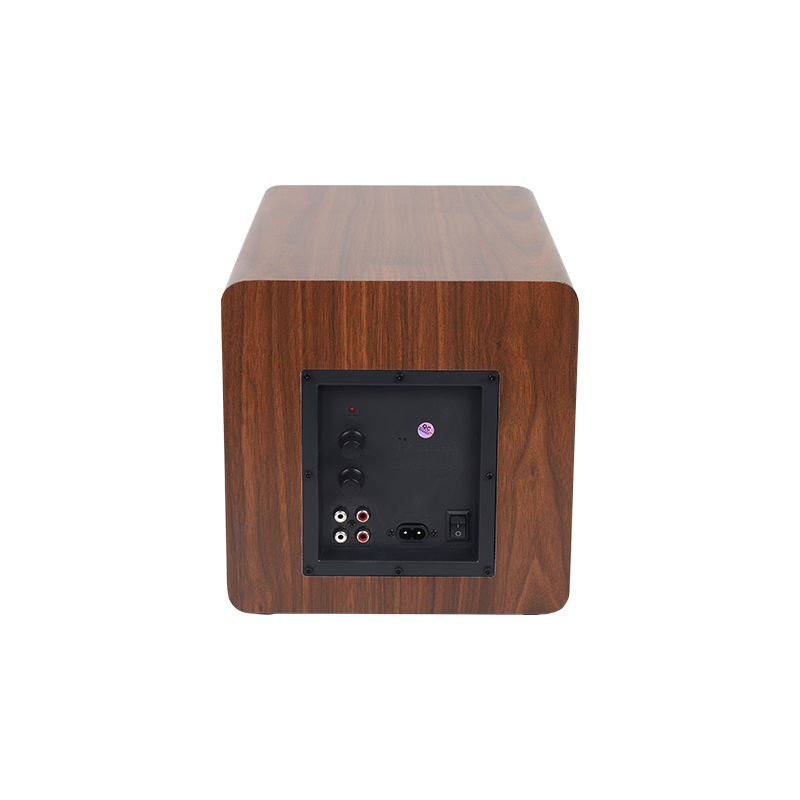Grabbing two wireless microphones at once is the worst mistake:
Since two transmitters with different frequencies are used in close proximity, harmonic interference of internal modulation distortion will occur. The closer they are or the higher the frequency, the more serious the interference. In a system using multiple channels at the same time, mutual interference and unstable reception problem is more serious.
When multiple wireless microphones are placed together, in addition to the problem of high-frequency harmonic interference, the more serious problem is the interference of the microphone's sound phase and directivity, which destroys the original normal sound quality of the microphone. If the audio phases of the microphones are the same, the outputs of the two microphones will be added together, causing the volume of the amplifier to increase, resulting in a return sound. The directivity of the microphone will also interfere with each other due to the proximity of the two microphones, which will degrade the original excellent pointer characteristics. The degree of deterioration of these characteristics is proportional to the distance between the two microphones. Users should avoid holding two microphones with one hand. Or use more than two wireless microphones at the same time to avoid a decrease in volume, frequency response and directivity. Maybe some people think that getting a few extra mics will keep one mic in use from malfunctioning, and the other will still work. In fact, in order to prevent abnormal phenomena in the use of wireless microphones, this method of "footing two boats" can be solved. On the contrary, because using this wrong way of use will cause more serious problems of characteristic changes, it is recommended to use " The use of "substitute" instead of "simultaneous" can avoid the above defects. To use multiple microphones at the same time, the distances between the multiple microphones must be pulled out at least 30 cm to reduce the change of the microphone characteristics.

3. Distance education
When singing with an indicating wireless microphone, pay attention to the posture of holding the microphone, because the distance between the microphone and the mouth will have a considerable change in sensitivity and sound quality, especially since the sensitivity of the microphone is inversely proportional to the square of the distance from the mouth, so the sound For performers with insufficient throat strength, the transition saturation of the microphone cannot be too high, so that the performer cannot hold the microphone too close to the mouth, so the microphone cannot be held too close.
In addition, since the large-diameter directional microphone has a very obvious proximity effect (Proximityeffect) characteristics, when the microphone is close to the mouth, it will greatly improve the bass, so if your throat bass is not enough, you can put the microphone closer to the mouth, Use the proximity effect to compensate for your bass to make your sound thicker and brighter.
The distance from the microphone to the mouth also has a great influence on the popping noise, especially when the microphone with high sensitivity and strong response is used, the storm noise will be more serious. In order to reduce the loss of this kind of noise, in addition to adjusting the optimal distance of the microphone, when choosing a microphone, you should pay more attention to the model with good anti-riot noise characteristics. The more advanced the microphone, the better the protection against storm noise.
4. Literacy
Usually, the wireless microphones used for singing are directional capsules, so stand on both sides or behind the speakers with the microphones, and use less feedback whistling. If you want to stand in front of the speaker, you must pay attention to the direction of the microphone and the speaker should be controlled at a certain angle, so as not to produce echoes.
The posture of holding the wireless microphone should be kept at more than 90 degrees in the vertical or horizontal direction and the angle of the speaker, which can reduce the occurrence of feedback sound. The front of the cardioid directional microphone should be kept at 180 degrees with the speaker or the front of the super-directional microphone should be kept with the speaker. The feedback sound of 120~140 degrees is the smallest. If you don't know the directivity of your microphone, and use it in front of the speaker, it is easy to cause high volume feedback. Since the pairing of the microphone and the speaker is the most taboo angle, at such an angle, any expensive microphone will easily produce a screaming echo.